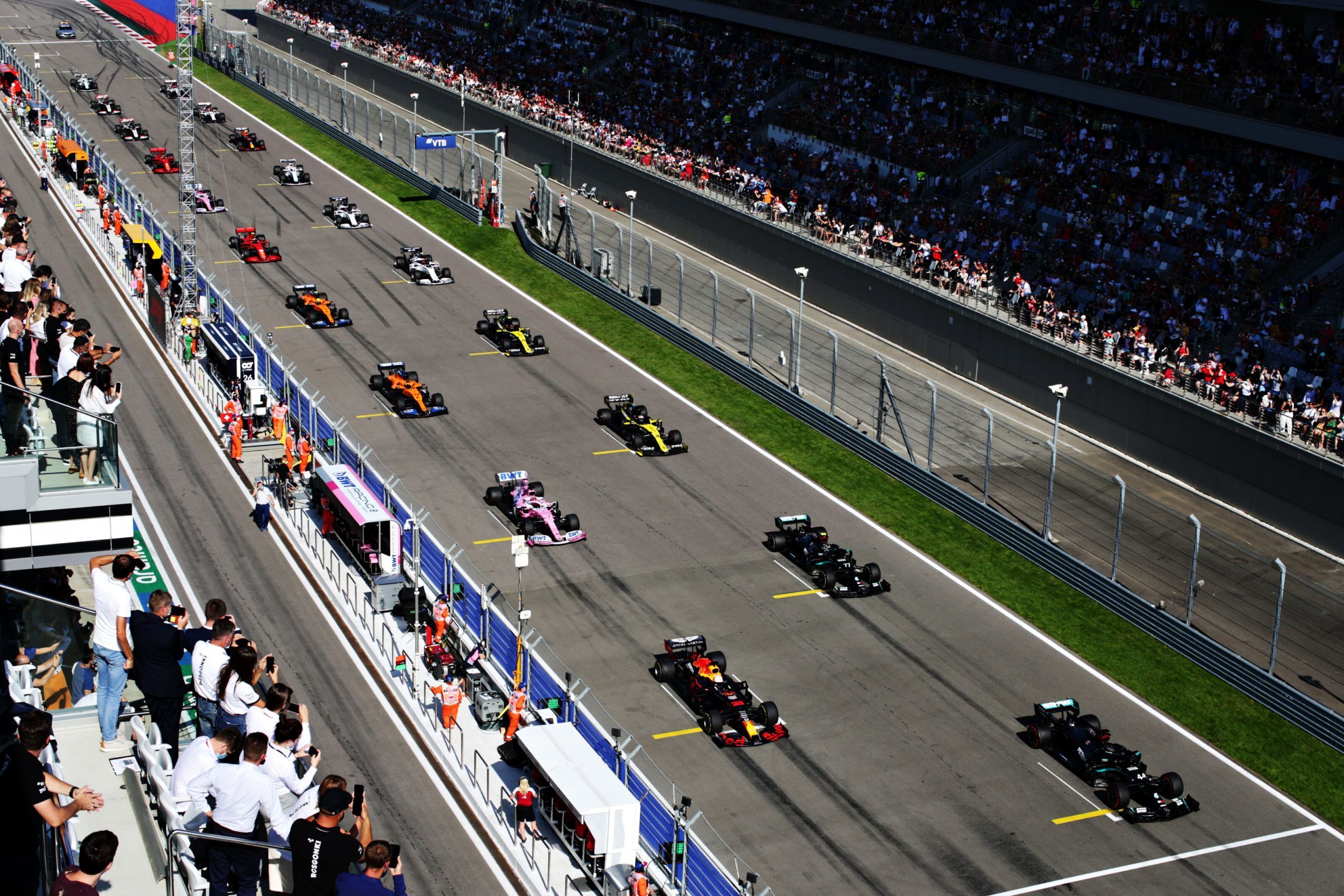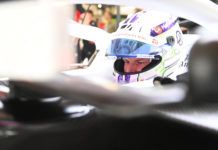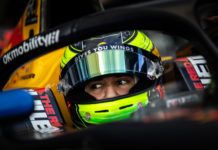F1 team principals don’t think it is lack of confidence in 2022 regulations for reverse grid trial being pushed so much as most disagree with Ross Brawn’s idea to try it.
A hot topic of the 2020 F1 season, the prospect of reverse-grid qualifying races – initially proposed as an experiment in an already-disrupted season – has been met with mixed reviews among various members of the F1 community.
Many fans support the idea, as does much of the media. Those deeply involved in the competition, however, have repeatedly rejected the idea, some stating it does not reflect the ‘pure’ competitive nature of F1.
The idea from F1 is to stage championship reverse grid qualifying races on Saturday at select circuits – mainly three to four – and the result of that will determine the final grid for Sunday. Many of those to criticise the proposal thus far have been drivers, with many team principals initially supporting it.
According to early reports, only Mercedes shot-down the idea heading into the F1 season opener, though later others would join the opposition contingent. “I still believe that reverse grid is a great opportunity for mixing things up and offering a show but I still believe it’s an artefact and we should have the ambition of offering exciting races without that artefact,” Renault boss Cyril Abiteboul said, representing the many who have are hesitant about its implementation.
“We’ve had, again, fantastic races this year, we’ve had fantastic races also last year with lots of things happening without reverse grid. We just need the field to be more competitive. I think that should be the focal point. If you have 20 cars within half a second, or a second, that will offer you a great show in my opinion – providing you have the opportunity to overtake. We don’t’ want to turn F1 into DTM. So, I think that we are near enough 2022 not to have to use that artefact at this point in time.”
At the same time, Williams’ Simon Roberts added: “We’ve only just started looking at [that] again. We had a look just over a year ago. Didn’t do much work on it from that. We’re just starting to model it now. It introduces some jeopardy but there are two side to that. The pace of the cars currently, we’re not really sure how much difference it really makes on the feature races. It’s early days. Things have already shifted.
“The pace of the cars is different. We don’t have the normal three at the top. We kind of reserve judgement and still want to study it in detail before we make any decisions on that.” Red Bull boss Christian Horner suggested the idea be trialed at a non-championship round or something of the sort, as the Brit raised the question of “what do we have to lose?”.
“I suppose it’s conflicting in many ways; the racer in your and the purist says it’s absolutely the wrong thing to do and then of course you see a race a little bit like in Monza and that brings the point to the fore again of mixing things up and obviously the best way of mixing things up is something like a reverse grid,” said Horner.
“That is artificial but inevitably, when you have the fastest car starting at the front of the race, you don’t have to be a rocket scientist to work out that in many cases they will stay in grid order. So I think that F1 shouldn’t be scared of perhaps trying something different. If there was an occasion or a type of venue or an invitation race or maybe even a non-championship race, that something like that could be tried, it would be very interesting to see what the outcome of it would be because if you don’t try something you never know and I think it’s very easy that we get stuck into a rut of saying ‘that’s ridiculous, it wouldn’t work’.
“The purist in me says the same but sometimes in life you’ve got to try things and see what the outcome is and if that could be done in a manner that didn’t affect the championship because I can’t see how you can have a different rule for one race to the other events but maybe a non-championship race, an invitation race. We’ve got all these great new circuits that are pushing for races this year, that we won’t be able to accommodate in future years but if one event was selected to try a different format, to try something totally different, what would we have to lose?” Horner said.
Staying on the topic of lack of confidence in 2022 F1 regulations, joining Horner, the other team principals did not see as the case. McLaren’s Andreas Seidl is confident of a change but admits that it will take more time than that exact year of everything to fall in place.
“I don’t see that there is any lack of confidence,” he said. “We strongly believe that everything that comes into place from ’22 onwards, the financial regulations with the budget cap, the technical regulations and the sporting regulations, will definitely improve the competition and in the end improve also the sport – the spectacle for the fans, which is great.
“Of course, we also need to be realistic as well, it will also take time until all this stuff is coming into place and until the budget cap is also, let’s say, washing out and having its full effect. But in the end then it’s simply down to us to make sure that we work hard and close this gap to the cars in front of us, but I’m very optimistic about the future.”
Both Abiteboul and Roberts put it under ‘too early to tell’ situation with regards to the 2022 regulations. “It’s really difficult, because, as you know, we have no real ability to develop the car at this point in time and we were probably a little bit late also,” said the Frenchman. “But anyway, we know the effect on the aerodynamic of our car, but again, we have no ability really to run in a tunnel or into CFD the effect of following another car, which is really the crucial point of the technical regulation, the aerodynamic regulations, which is probably the biggest change that F1 has ever experienced.
“And when you have a change like this one there is always the possibility that someone finds a magic bullet, or someone finds a huge loophole or a small loophole with a big effect which could again stretch the field, at least for an initial period of time. I don’t think anyone has the ability to really give you a correct answer at this point in time.”
Roberts added: “I think it’s too early to tell. We’re just focused on what we can do. It’s a huge step from where we are. We can’t work on the cars at all, for 2022, yet. We’re locked out of the tunnel and CFD and basically the intent is good, but how the intent plays out only time will tell. We can’t see any reason why it shouldn’t be as expected, subject to any loopholes or quirks. I think there has been a lot of work done and the guys that have created the regulations have been exploring that possibility of loopholes, so our expectation is that it should be a leveller playing field than we are used to.”
Here’s the F1 drivers also saying no to reverse grid
Here’s F1 undertaking survey on reverse grid



















